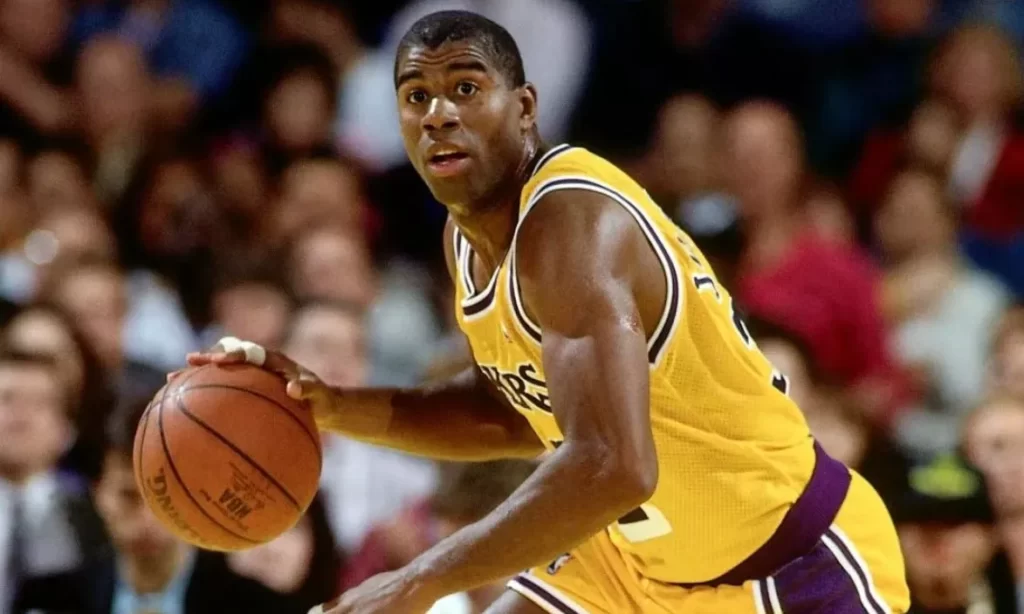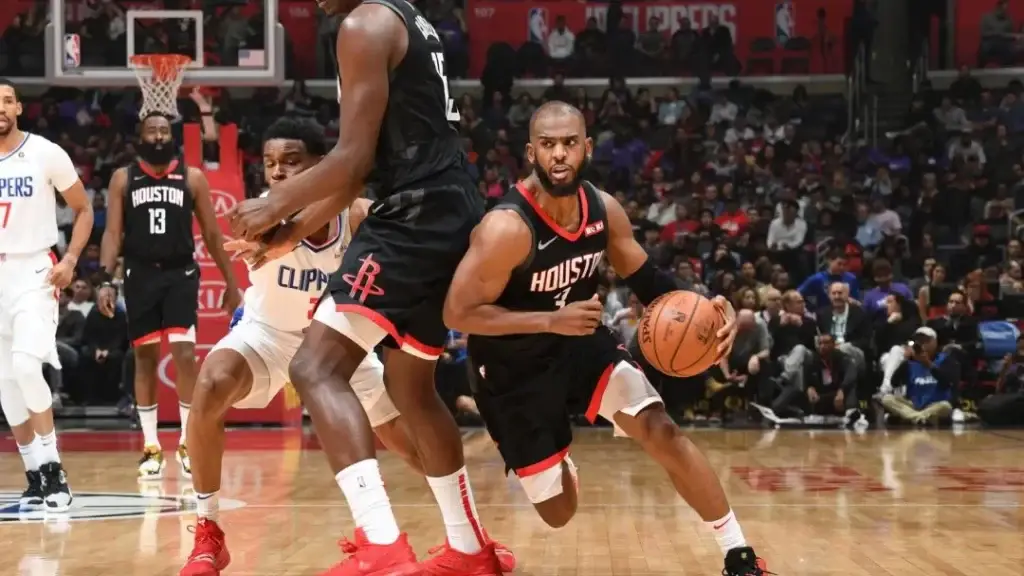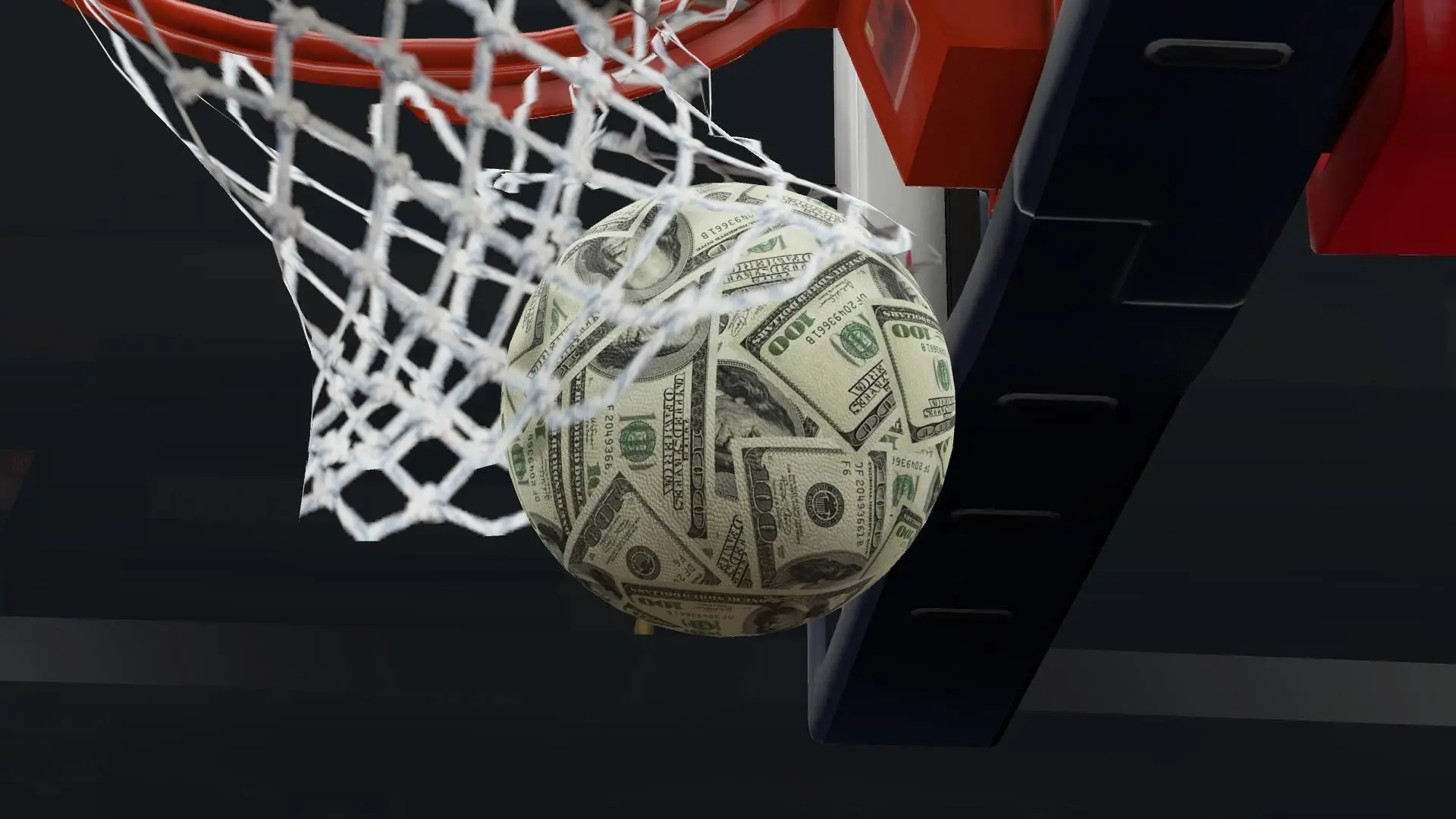Basketball is a cultural phenomenon that reflects the pursuit of excellence, perseverance, and passion. Today we will present the TOP best NBA basketball players who not only changed the course of games, but also became legends and influenced the development of the league as a whole.
LeBron James: the king of combinations and the master of the court
LeBron James, known as “The King”, has become one of the most striking symbols of the NBA in the 21st century. His career began in 2003, when he was selected as the first overall pick in the draft by the Cleveland Cavaliers. LeBron proved that he can be successful wherever he plays: from his native Cleveland to Miami and back, and then to the Los Angeles Lakers, whom he led to the championship in 2020.

LeBron James is known for his versatility: he can play any position, his physical fitness and incredible vision of the court allow him to combine the roles of guard, forward, and even point guard. In 2012 and 2013, the athlete was named the most valuable player (MVP) of the regular championship, which only confirms his uniqueness. LeBron is a master of triple-doubles: he has already achieved more than 98.
Michael Jordan: a legend among legends
There is no person who has not heard the name Michael Jordan. He was the one who made the NBA a worldwide sensation. During his career, which began in 1984 with the Chicago Bulls, Michael led the team to the championship six times, becoming a symbol of the era. Thanks to his unprecedented skills, courage and desire to always be the best, he became an icon of discipline and a pop-culture figure.
Michael was distinguished by his unique speed and accuracy, his famous deflection shot became one of the most recognizable moments in the history of sports. Jordan’s name is also associated with many legendary rivalries, such as the duel with Larry Bird and the Utah Jazz in the 1998 Finals, where Michael made his famous last shot.
Kobe Bryant: The Black Mamba is a symbol of tireless will
Kobe Bryant is the personification of endless self-improvement and true mastery. His entire career was spent with the Los Angeles Lakers, and during these twenty years, he won the hearts of millions of fans. Kobe became a five-time NBA champion, receiving two Finals MVP awards.
Kobe was known for his aggressive offensive play and willingness to take responsibility in the most critical moments of the match. He retired in 2016, scoring 60 points in his farewell game against the Utah Jazz, which was a bright end to a legendary career.
Shaquille O’Neal: Big Diesel Power
Shaquille O’Neal was a true mastodon under the ring. His physical strength and athleticism made him a terror for defenders across the league. Shaq joined the Los Angeles Lakers in 1996, and together with Kobe Bryant, he formed one of the most dominant duos in history, winning three straight championships in the early 2000s.
O’Neal also played a major role in the Miami Heat’s 2006 success, where he helped a young Dwyane Wade win a title. Shaq has always been known for his ability to play, but also his charisma, which has made him a fan favorite.
Magic Johnson: Passing Maestro and Showtime Lakers Leader
 Magic Johnson was a true conductor on the court. In the 80s, he became an integral part of the Los Angeles Lakers team, which at the time was called the Showtime Lakers, thanks to his spectacular style. Magic, with a height of 6’1″, demonstrated unique skills as a point guard, making passes that no one expected.
Magic Johnson was a true conductor on the court. In the 80s, he became an integral part of the Los Angeles Lakers team, which at the time was called the Showtime Lakers, thanks to his spectacular style. Magic, with a height of 6’1″, demonstrated unique skills as a point guard, making passes that no one expected.
Thanks to his incredible charisma and ability to influence the game, he became a five-time NBA champion. In addition to titles, Johnson also defeated Larry Bird twice in the finals, which became one of the greatest rivalries in history.
Kareem Abdul-Jabbar: the unrivaled master of the hook shot
Kareem Abdul-Jabbar – the name is known to every basketball fan. His hook shot, called the “Sky Hook”, became a calling card, and this element was almost impossible to stop. Kareem became the symbol of the success of the Los Angeles Lakers and Milwaukee Bucks, leading their teams to championships and remaining a leader for two decades. Abdul-Jabbar won the regular season Most Valuable Player (MVP) award six times during his career, more than any other basketball player in history. He was also known for his durability and longevity, retiring at the age of 42 with a career-high 38,387 points. His contributions to the Lakers’ success in the 1980s helped lay the foundation for one of the most successful dynasties.
Larry Bird: The Sharpshooter
Larry Bird is one of the NBA’s most outstanding forwards, who made the Boston Celtics a dominant team in the 1980s. His incredible shooting and leadership on the court made him a fan favorite and a true legend. Larry was also known for his competitive spirit and tenacity, which was especially evident in confrontations with the Los Angeles Lakers and Magic Johnson. His ability to shoot accurately in critical moments and play defense against the toughest opponents made him indispensable in the finals. In the decisive game of the 1984 Finals, Bird scored 20 points and grabbed 12 rebounds, securing the victory for his team.
Tim Duncan: The Fundamental Giant
Tim Duncan is the foundation of the San Antonio Spurs’ success. His calmness on the court and skill in defense and attack made him a key player for the team for almost two decades. The athlete received the title “Fundamental” for his simplicity and efficiency. Duncan was also known for his excellent defensive positioning, which allowed him to control the paint and block many shots. In the 2002-2003 season, he became the MVP, leading the team to the championship and demonstrating incredible resilience under pressure. His play under the basket and ability to effectively use the jumper and deflection made him an indispensable part of the Spurs system.
Kevin Durant: The Versatile Scorer
Kevin Durant is one of the most versatile players in the NBA. His ability to score from anywhere on the court makes him a nightmare for defenders. Durant helped the Golden State Warriors win two championships, demonstrating his ability to make or break games. His height (6’11”) and incredible technique allow him to play in the post and attack from the three-point line. During the 2017 and 2018 Finals, his accurate shooting and defense in key moments were crucial to the Warriors’ victories. Kevin is also known for his efficiency, finishing multiple seasons with a shooting percentage above .50%.
Wilt Chamberlain: The Record Man
Wilt Chamberlain set many records, many of which remain unbeaten to this day. His incredible physical strength and ability to score huge amounts of points made him one of the most significant figures in NBA history. In the 1961-62 season, Chamberlain averaged 50.4 points per game, an incredible figure that remains unmatched to this day. He also grabbed 55 rebounds in a single game, which is also a record. His dominance under the basket forced opponents to look for new tactics to somehow contain him, and even influenced some rule changes, including the introduction of a three-second zone.

Conclusion
 NBA basketball player rankings highlight the incredible variety of talents, styles of play and unique personalities that have shaped and continue to shape the league. They are symbols of perseverance, talent and the pursuit of excellence. Each of their accomplishments inspires and reminds us why NBA basketball players are among the best athletes in the world.
NBA basketball player rankings highlight the incredible variety of talents, styles of play and unique personalities that have shaped and continue to shape the league. They are symbols of perseverance, talent and the pursuit of excellence. Each of their accomplishments inspires and reminds us why NBA basketball players are among the best athletes in the world.
 en
en  de
de  ar
ar  es
es  hi
hi  fr
fr  nl
nl  it
it  pt
pt  el
el 









